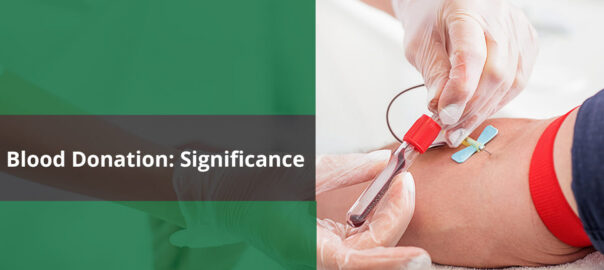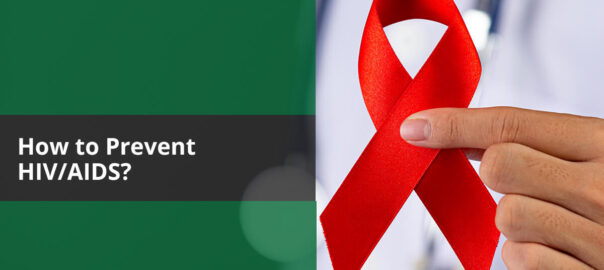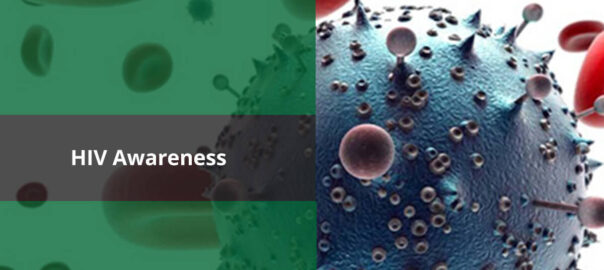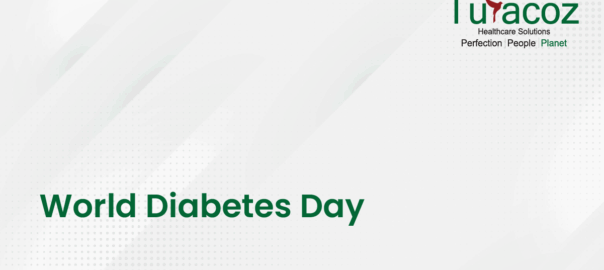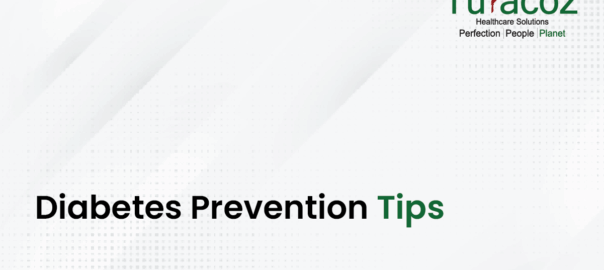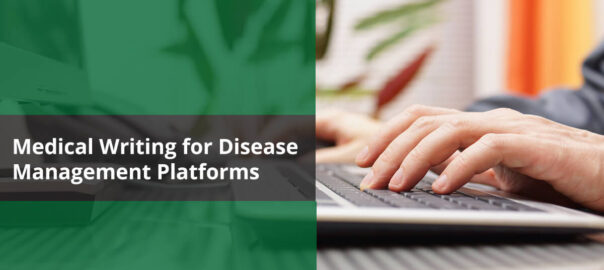Our recent poll revealed that Artificial intelligence (AI) integration is anticipated to have the most significant impact on the future of medical writing. With a rapidly evolving healthcare industry, medical writers are expected to adapt to a dynamic environment shaped by technological advancements, patient-centered approaches, and globalization. This article delves into the trends that will shape medical writing in the coming years and what they mean for professionals in the field.
- AI Integration: Shaping the Future of Medical Writing
The poll results indicate that a significant 60% of respondents believe AI integration will play a pivotal role in medical writing. This trend is expected given the growing impact AI is already having on the field. From automating literature searches to drafting clinical study reports, AI is improving efficiency, accuracy, and productivity.
Key Contributions of AI to Medical Writing
- Automated Content Generation: AI-powered tools like ChatGPT can draft sections of manuscripts, abstracts, and summaries. This reduces the time required for first drafts, enabling writers to focus on refining content and ensuring compliance with regulatory standards.
- Data Analysis and Interpretation: Tools equipped with natural language processing (NLP) can extract and analyze data from clinical trials, research papers, and regulatory documents. AI simplifies complex data sets, helping writers present findings clearly and concisely.
- Grammar Check and Translation: AI tools are increasingly being used for grammar and style checks, ensuring documents adhere to linguistic and stylistic standards. Additionally, advanced translation technologies enable seamless multilingual content creation, breaking language barriers, and facilitating global communication.
AI’s role in medical writing extends beyond automation. It enables predictive analytics and personalized content creation, offering tailored solutions for diverse audiences, including healthcare professionals, regulatory bodies, and patients.
Challenges and Opportunities
While AI offers immense benefits, it also raises concerns about data security, ethical considerations, and the potential loss of human oversight in sensitive medical communications. However, these challenges present opportunities for medical writers to upskill and collaborate with AI, enhancing their roles as content strategists and quality controllers.
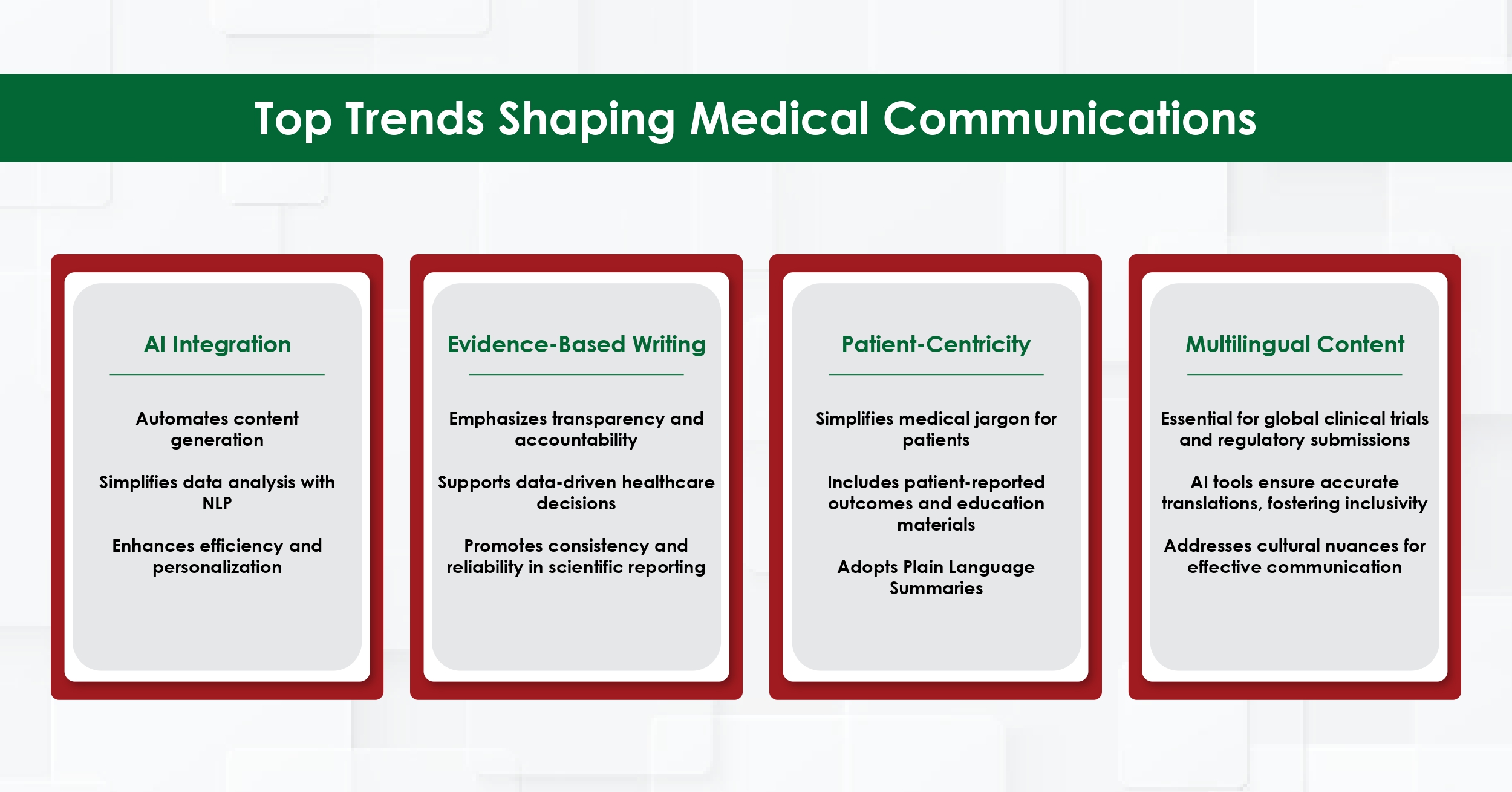
- Evidence-based Writing: The Foundation of Credible Communication
Coming in as the second most influential trend, with 19% of the votes, evidence-based writing underscores the importance of accuracy and scientific rigor in medical communication. As healthcare decisions increasingly rely on data-driven insights, medical writers must ensure their content is rooted in robust evidence.
The Role of Evidence-based Writing
Transparency and Accountability: Evidence-based writing involves citing credible sources, ensuring transparency, and providing a clear trail of evidence supporting medical claims. This is crucial in regulatory documents, clinical trial reports, and healthcare guidelines.
Strengthening Healthcare Decisions: By presenting data from systematic reviews, meta-analyses, and clinical trials, medical writers help healthcare professionals make informed decisions. This approach supports the development of effective treatments and interventions.
Adapting to New Data Standards
The demand for evidence-based writing is expected to grow as data-sharing initiatives and open-access publishing increase. Medical writers must stay updated on evolving guidelines and best practices for integrating and presenting evidence in various formats.
- Patient Centricity: Putting Patients at the Center of Communication
With 17% of respondents highlighting patient-centricity as a key trend, it’s clear that the focus on patients is becoming more central in medical writing. This shift reflects a broader movement in healthcare toward empowering patients and ensuring they are active participants in their care journey.
What is Patient-centric Medical Writing?
Patient-centric medical writing involves tailoring content to meet the needs of patients, ensuring information is accessible, understandable, and relevant. This includes:
- Simplifying Medical Jargon: Translating complex medical terminology into lay language, so patients can understand their diagnoses, treatments, and clinical trial participation.
- Focusing on Patient Experiences: Including patient-reported outcomes and experiences in clinical trial reports and other medical documents.
- Developing Patient Education Materials: Creating leaflets, brochures, and digital content that inform and empower patients.
The Rise of Plain Language Summaries (PLSs)
One of the most notable developments in patient-centric medical writing is the increasing use of PLS. These summaries provide a clear and concise overview of complex medical research, making it accessible to non-specialist audiences. As regulatory bodies like the European Medicines Agency (EMA) emphasize the importance of PLS, medical writers are expected to play a pivotal role in their development.
- Multilingual Content: Breaking Language Barriers
Though only 4% of respondents identified multilingual content as a top trend, its importance cannot be overstated. As healthcare becomes more globalized, the ability to communicate effectively across different languages and cultures is critical.
Why Multilingual Content Matters
- Global Clinical Trials: With clinical trials conducted across multiple countries, medical writers must produce documents that cater to diverse regulatory requirements and linguistic needs.
- Health Campaigns and Education: Multilingual content ensures that vital health information reaches diverse populations, promoting inclusivity and equity in healthcare.
- Regulatory Submissions: In regions like the European Union, regulatory submissions often require documentation in multiple languages.
Tools and Techniques for Multilingual Medical Writing
Advancements in translation technologies, including AI-driven tools, are making multilingual medical writing more efficient. However, human oversight remains crucial to ensure cultural nuances and context are accurately conveyed.
How AI Can Support Every Trend
AI plays a pivotal role in each of these emerging trends. In evidence-based writing, AI tools can swiftly analyze vast amounts of clinical data, enabling writers to identify and cite the most relevant evidence. For patient-centricity, AI can personalize content by analyzing patient feedback and tailoring educational materials to specific needs. In the realm of multilingual content, AI-driven translation tools ensure timely and accurate communication across languages, fostering inclusivity. AI is not only a driving force in its dedicated trend but also a supportive tool that enhances the effectiveness of every other emerging aspect of medical writing.
Implications for Medical Writers
The trends identified in our poll reflect a dynamic and rapidly evolving field. To stay ahead, medical writers must adapt and expand their skill sets:
- Technical Proficiency: Familiarity with AI tools and data analysis software will be essential as automation becomes more prevalent.
- Continuous Learning: Keeping up-to-date with evolving guidelines, best practices, and new trends like patient-centric and evidence-based writing.
- Cultural Competence: Understanding and respecting cultural differences will enhance the effectiveness of multilingual content.
- Interdisciplinary Collaboration: Working closely with healthcare professionals, regulatory bodies, and patient advocacy groups to create impactful medical communications.
The Road Ahead
As we look to the future, it’s clear that medical writing will play an even more critical role in shaping healthcare communication. The integration of AI, the emphasis on evidence-based and patient-centric approaches, and the need for multilingual content will redefine the profession, offering both challenges and opportunities.
At Turacoz, we are committed to embracing these trends and equipping our team with the skills and tools to lead in this evolving field. Whether it’s leveraging AI for efficiency, adopting evidence-based methodologies, or focusing on patient-first communication, we are ready to meet the challenges of the future head-on.
For more information, reach out to us at [email protected]











